Do you want to accelerate the implementation of manifold positive solutions in your community?
Then learn more about our unique Ecosystem-Model, proposing a strategic structure + process
of how we can accelerate social change together.
The term ecosystem (known primarily from the field of ecology) describes a complex system whose organisms interact with and support each other. This term has also become increasingly important in both economics and science, e.g. with Deloitte and the concept of business ecosystems. In these contexts, it is mainly used in connection with platforms. Now, we would like to introduce this term into the discourse on sustainable development and are advocating a cooperative, ecosystem-oriented, instead of market-oriented society.
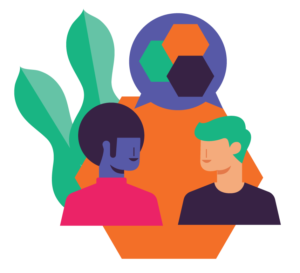
Together we can co-create a better future! We already have all the solutions. What we still need to do: Coordinate our actions as a changing society!
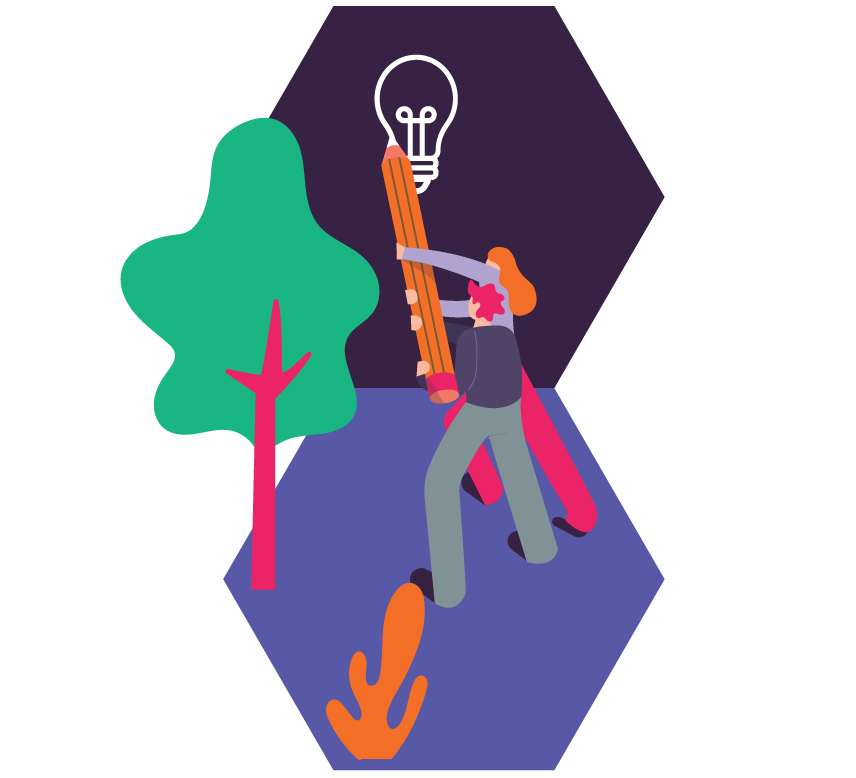
Together with you, we unite the network of networks, which connects existing stakeholders, knowledge, resources, tools & methods in a strategic way. An online-platform and offline-hubs will provide easy access to everything you need to co-create a better future for yourself, your community and our society. In this way we will accelerate solution implementation for sustainable development and lifestyle.
Your Benefit: find numerous providers – connected at one single access point
easy access to stakeholders, resources, knowledge, tools
strengthening local and international communities
working together to develop new solutions
offering your own skills & products
better quality of service
community
impact
joy
CoCreate's Ecosystem sectors as a circular model
- Philosophy: The soul of CoCreate represent the vision of a “good
life for all” and further contains our values and principles. - Model: DNA and system architecture/operating system of the Ecosystem
- Node: Central network hub for the initiation, coordination and support of the networking process
- Infrastructure: Support services for issue stakeholders (IT tools,
financial resources, facilitators, media, knowledge, research etc.) - Topics: Knowledge holders and solution developers for the “good life
for all” - General public: Target group of Topics
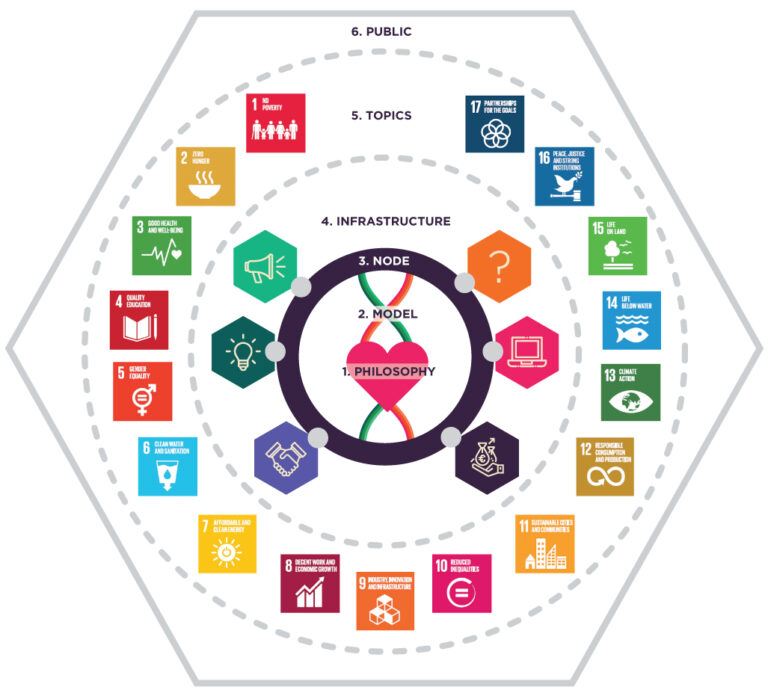
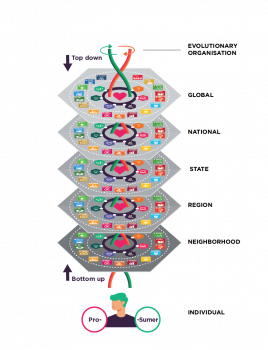
CoCreate's Geographical backbone structure
While the global meta-ecosystem has the aim of connecting us individuals as a global community, the exchange and co-creation partnership starts at grassroots level. For example, in a neighbourhood, a part of town or a region. Change is conceived and experienced at all levels. Therefore, the above described sectors are also found at all of these relevant levels.
Evolutionary Organisation
Each local Ecosystem has to be seen as an ever evolving organism, which will grow in size and complexity (quantity & quality). More and more people/organisations will join your Ecosystem over time and also the depth off your shared Vision & Values, Structure & Methods, etc. will grow.
In the same way we connect the Global Solutions Ecosystem step by step, which will unite various local Ecosystem and globally developed Tools/Methods, etc. over time. As CoCreate we speak out the initiational invitation and provide all basics which are necessary so this fresh seedling can evolve. Over time the whole Ecosystem, its sub-parts and also the Model itself will develop more aligned to the needs and decisions of the members. We are not attached to our way, but we acknowledge that we need a shared way to move on as society.
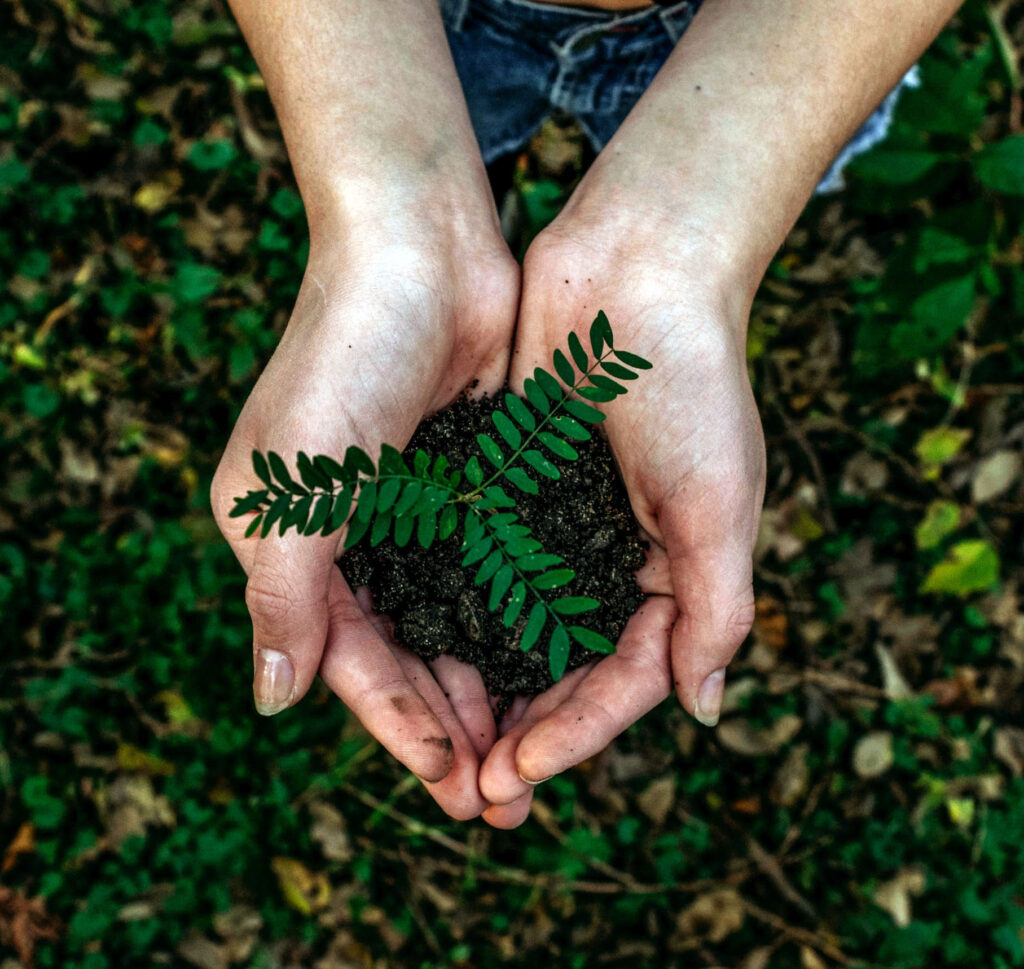
4 steps to deep collaboration

Each element you see in the Ecosystem-Model above is a “container” for People, Knowledge, Products, Resources, etc.. In each of them we will follow 4 steps to transform from an informal network to an strategic ecosystem:
- collecting: Let’s collect and display everything what can help us to make positive Impact.
- networking: By networking we bring this elements in contact with each other. Its about building relationship, open exchange, creating shared portfolios.
- co-creating: We know what we have, so let’s work together on co-creating what is still missing. Within and across different elements/groups of the Ecosystem.
- self-organization: Let’s create long-term Impact through long-term collaboration and the establishment of organizational structures (example: Cooperatives)
